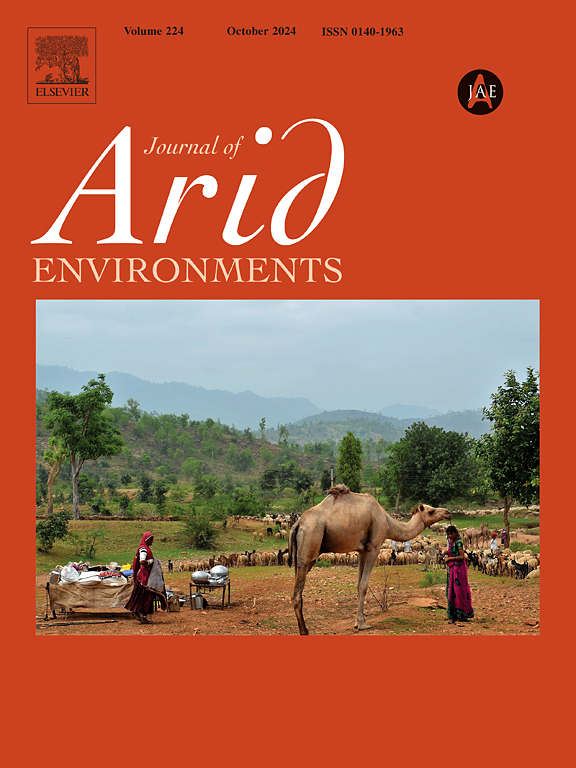Mapping Prosopis glandulosa (mesquite) in the semi-arid environment of South Africa using high-resolution WorldView-2 imagery and machine learning classifiers
Adam, Elhadi , Mureriwa, Nyasha , Newete, Solomon
2017-10-01 null null 145(卷), null(期), (null页)
The rapid spread of the Prosopis species has caused considerable negative impacts to biodiversity across different landscapes. The invasive taxa of Prosopis is currently rated the world's top 100 unwanted species. However, the lack of up-to-date information about the spatial and temporal distribution of mesquite invasion has made the current control and monitoring methods unsuccessful. Consequently, detection and monitoring of Prosopis species is essential to provide reliable and accurate information about the spatial distribution and the level of invasive species dynamism into the native eco-community. This study investigates the ability of WorldView-2 imagery for mapping the invasion of P. glandulosa and coexistent indigenous species in the semi-arid region of Northern Cape Province, South Africa, using the random forest and support vector machines as classifiers. Our results show that the eight-band multi spectral WV-2 imagery is able to detect and distinguish P. glandulosa effectively from the three coexisting indigenous species of acacia, with an overall accuracy of 86% at 2 m spatial resolution. This result shows that high-accuracy can be achieved with the multispectral WV-2 sensor. This high-accuracy provides the possibility for economically-feasible mapping of the distribution and spread of invasive alien plants and assists with the restoration and conservation process. (C) 2017 Elsevier Ltd. All rights reserved.
相关推荐
- Evaluation of Micrometeorological Models for Estimating Crop Evapotranspiration Using a Smart Field Weighing Lysimeter [2017-10-01]
- Evaluation of atmospheric correction algorithms for salt lake water assessment: Accuracy, band-specific effects, and sensor consistency [2017-10-01]
- Determination of Soil Electrical Conductivity and Moisture on Different Soil Layers Using Electromagnetic Techniques in Irrigated Arid Environments in South Africa [2017-10-01]
- Examining the Spectral Separability of Prosopis glandulosa from Co-Existent Species Using Field Spectral Measurement and Guided Regularized Random Forest [2017-10-01]
- Exploiting machine learning algorithms for tree species classification in a semiarid woodland using RapidEye image [2017-10-01]



